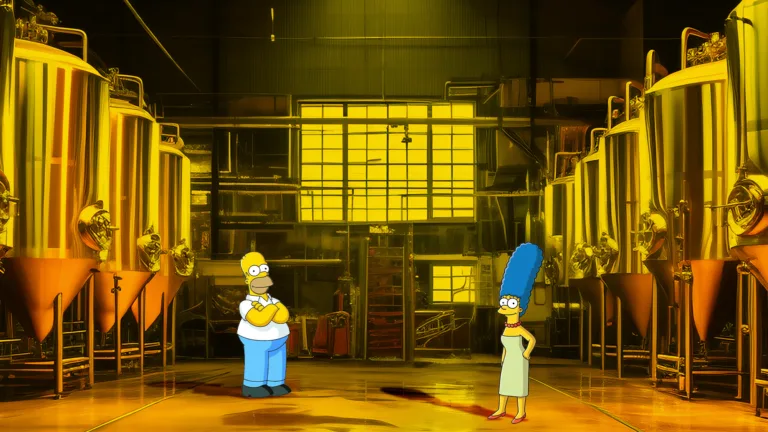At such a challenging time for fine wine, it’s easy to forget just how much the market has been transformed over the past couple of decades. Richard Woodard talks to Bordeaux Index’s Matthew O’Connell about globalisation, diversification and the evolution of the company’s LiveTrade platform. These are undoubtedly troubling times for the global fine wine market – so troubling that it’s easy to forget the huge changes that have swept over the sector since the millennium. From Bordeaux’s China surge and retreat to Burgundy fever; from the emergence of the Super Tuscans, Champagne and Piedmont to the current gloom… hard as it may be to believe, in the bear-ish days of late 2024, fine wine has been on a long-term upward trajectory for a generation and more. For Matthew O’Connell, CEO of Bordeaux Index’s LiveTrade platform, the story starts with the phase that lasted from 2000 to the early 2010s, which was all about Bordeaux and China, culminating in the “crazy” en primeur campaigns for 2009 and 2010. At this time, he estimates that Bordeaux accounted for 80%-plus of fine wine trading. That all changed in the ensuing years: Burgundy, previously something of a niche for collectors, provoked rising levels of interest from 2012, punctuated by a couple of big price cycles, such as the one that occurred in 2018. “Champagne also became a far more tradeable and collectable wine category, really from the release of the 2002 vintage,” O’Connell says. “Then the Super Tuscans came into prominence, but
This Article was originally published on The Drink Business - Fine Wine







